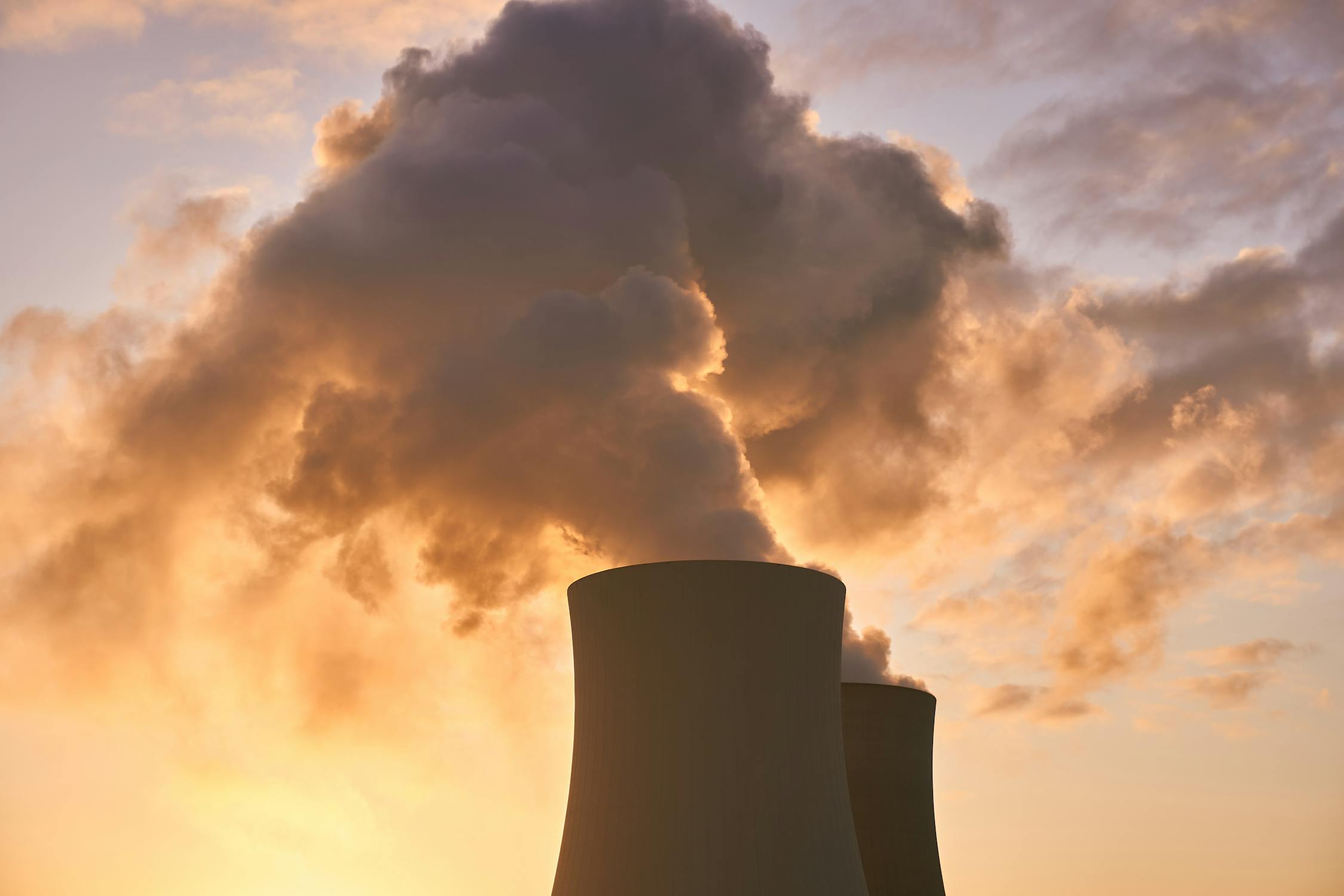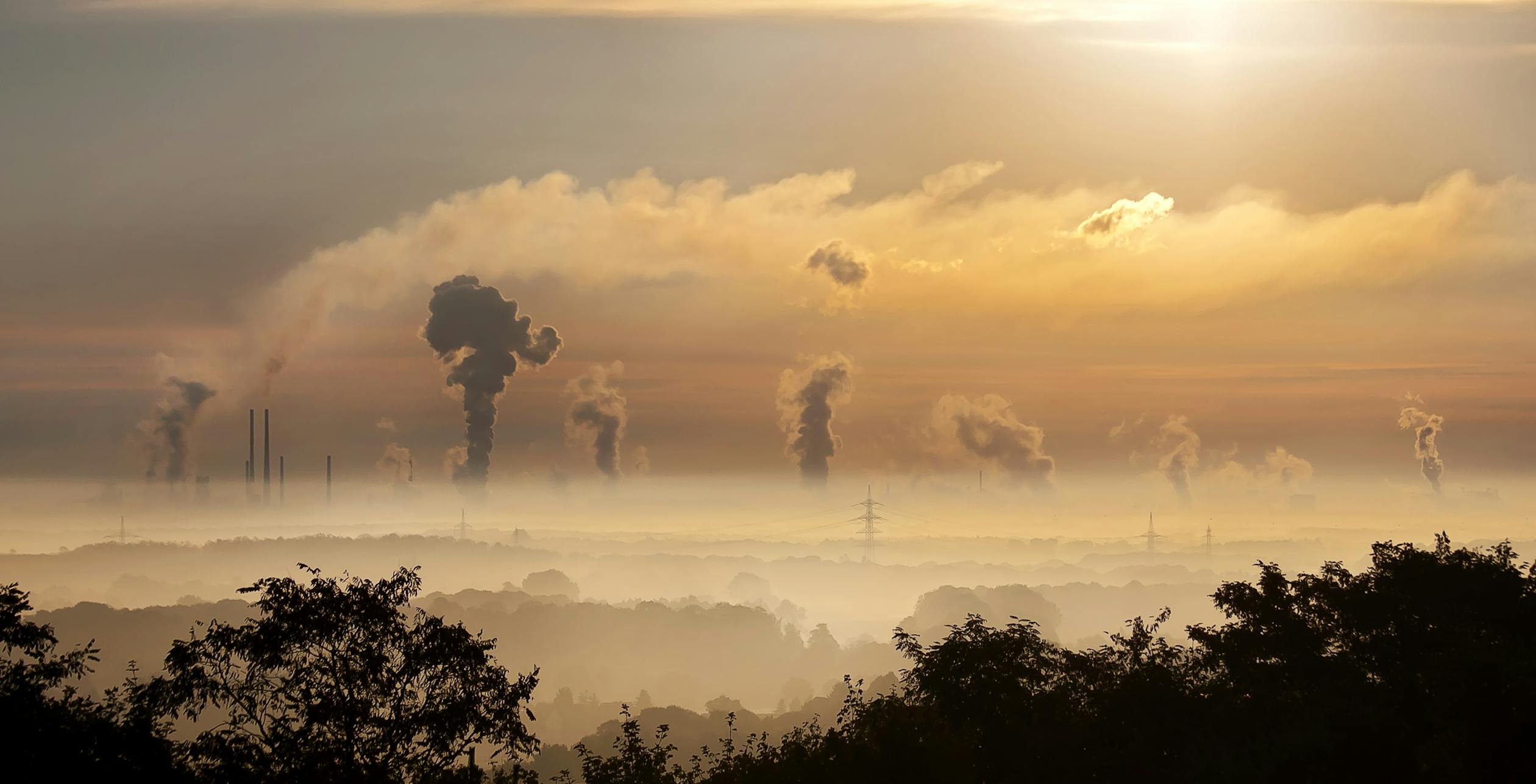Methane Emissions Are Soaring

Rising Greenhouse Gas Emissions
It is widely known throughout the global scientific community that burning fossil fuels contributes to a rise in greenhouse gas emissions. When consumed in transportation systems, power plants, or as a source of heat, fossil fuels emit large quantities of carbon dioxide. Carbon dioxide emissions trap solar energy in the Earth’s atmosphere, contributing to a phenomenon known as global warming. A plethora of scientific data from a wide array of sources like the National Aeronautics and Space Administration (NASA), the National Oceanic and Atmospheric Administration (NOAA), and the United Nations continue to highlight how global emissions of carbon dioxide have been rising in tandem with the consumption of oil, coal, and natural gas. While the connection between burning fossil fuels and carbon dioxide emissions has been a well-established fact in the scientific community for many years, the link between fossil fuels and methane has been subject to higher levels of uncertainty. However, recently released scientific research has now established a firmer link between methane emissions and fossil fuels.

Methane vs Carbon Dioxide
Methane is an odorless, colorless, and highly flammable gas. The scientific composition of methane includes four hydrogen atoms and one carbon atom. For comparison, carbon dioxide is made up of two oxygen atoms and one carbon atom. While both methane and carbon dioxide are known as greenhouse gases that can influence climate change, methane emissions are significantly more potent then carbon dioxide emissions. Over a 100-year period, methane emissions have a total planet-warming potential in excess of 28 times greater than carbon dioxide emissions (Galey, 2020). The direct comparison per kilogram of each gas is even more shocking. For example, a single kilogram of methane has the ability to warm the planet by as much as 80 times the amount of a single kilogram of carbon dioxide (Leman, 2019). Therefore, climate scientists and environmental advocates are particularly interested in identifying how to reduce methane emissions to limit global warming and climate change.
According to data published in 2017 by the U.S. Environmental Protection Agency, methane was thought to account for about ten percent of all greenhouse gas emissions in the United States. However, a series of new studies have shown how these older estimates may be vastly underestimating the amount of methane that is actually being released into the atmosphere from humans. While the approximate level of human-induced methane emissions is still subject to debate, a scientific study published in the Nature Journal has revealed that fossil fuels may release between 25 and 40 percent more methane emissions than previously thought (Gramling, 2020). While scientists have been able to determine that global methane emissions have increased by nearly 150 percent over the last three centuries, it has been challenging for scientists to identify the exact sources of these methane emissions. Scientists now know that a much larger proportion of global methane emissions can be attributed to the fossil fuel industry.

Sources of Methane
It is important to note that there are two sources of methane emissions. One source comes from the production and consumption of oil, coal, and natural gas. The other source can be attributed to biological factors, such as natural methane emissions from wetlands and peatbogs. There is also another segment of biologically produced methane that can be linked to humans. This would include methane that is emitted from landfills, livestock, and rice fields. Benjamin Hmiel, who is an atmospheric chemist from the University of Rochester, says that “Placing stricter methane emission regulations on the fossil-fuel industry will have the potential to reduce future global warming to a larger extent than previously thought” (Rice, 2020). Since Hmiel has concluded that most of the global methane emissions can be linked to human activities, he believes that policy makers may ultimately have more control over methane emissions than previously thought.
Methane Research in Greenland
The new methane research involved a team of scientists measuring ancient air samples from deep within Greenland’s ice sheets. The scientists were able to determine that the amount of methane released annually from both the fossil fuel industry and natural vents through onshore and offshore geologic gas leaks is equivalent to about 172 to 195 teragrams (trillions of grams) annually (Gramling, 2020). Previous research suggested that annual methane emissions from natural geologic vents contributed about 40 to 60 teragrams of methane into the atmosphere annually. However, as a result of the scientific analysis of the Greenland ice cores, scientists now say that the proportion of natural methane emissions is even smaller than the 40 to 60 teragrams. This highlights how the fossil fuel industry has pushed up global atmospheric methane levels throughout the 20th century.

The Problem with Rising Emissions
Geochemist Euan Nisbet from the Royal Holloway University of London says that if methane emissions continue to rise, it will be increasingly difficult to meet the greenhouse gas targets that were developed as part of the 2015 Paris Agreement. While the extraction of natural gas, coal mining, and other forms of fossil fuel usage caused a spike in methane emissions during the 20th century, methane emissions started dropping at the very begging of the 21st century. Although, since 2007, levels of methane in the atmosphere have spiked again, reaching a composition that has not been seen since the 1980s (Gramling, 2020). Throughout the last decade, methane emissions have risen by around nine percent (Galey, 2020). Scientists believe that an increase in global energy consumption, shifting agricultural activity, and growing landfills are to blame. While 2020’s overall methane emissions are expected to drop as a result of the coronavirus pandemic, they are also expected to rise again as global economic activity continues to grow.
Based on the current trajectory of global temperatures developed by scientists from the Intergovernmental Panel on Climate Change (IPCC), global temperatures are expected to rise by three to four degrees Celsius over the next century (Galey, 2020). This trajectory is well above the stated goal in the Paris Climate Agreement to keep the global temperature from rising above two degrees Celsius. According to environmental researcher Marielle Saunois from France’s Climate and Environment Sciences Laboratory, a reduction in methane emissions could have a dramatic impact on reducing global temperatures. As part of an initiative known as the Global Carbon Project, a group of over 50 global research institutions have been gathering data to evaluate methane emissions. The Global Carbon Project has revealed that humanity now emits nearly 50 million tons of additional methane annually in comparison with the period between 2000 and 2006 (Galey, 2020). This would be roughly the equivalence of adding 350 million additional cars and trucks on the road.

Human Activity and Methane
According to research published in the Journal of Environmental Research Letters, over 50 percent of the methane that is currently in the atmosphere is related to human activity. When looking specifically at the 50 percent share of methane emissions coming from humans, two-thirds of this can be tied to agriculture, ranching, and landfills. The other one-third of methane emissions is tied to the fossil fuel industry. Professor Rob Jackson of Stanford University’s School of Earth, Energy & Environmental Sciences says that human activities beginning with the industrial revolution have boosted the composition of atmospheric methane by 2.6 times, compared with humanity only increasing atmospheric carbon dioxide by 1.7 times since the industrial revolution (Watts, 2020).
Professor Jackson says, “CO2 is still the beast to slay but warming from methane is the next most important. Acting aggressively on methane can buy us time to address CO2 and shave half a degree off the peak temperature” (Watts, 2020). Jackson followed up this statement in a media interview by confirming how he is optimistic in humanity being able to move forward with opportunities to cut out super-emitters of methane. Interestingly, in Asia, Africa, and the Oceania regions, methane emissions have bee rising by about 10 to 15 million tons per year, with the increase in emissions largely attributed to agricultural uses (Watts, 2020). On the other hand, the story is different in the United States. Rather than seeing a similar rise in agricultural emissions that has been experienced in Asia, Africa, and Oceania, the United States has seen a much larger increase in methane from the fossil fuel industry.

Is Natural Gas to Blame?
As American fossil fuel companies started to experience a surge in fracking and other methods of natural gas production, methane emissions also started to rise. Methane is one of the main components of natural gas, which has made it essential for producing electricity and heat in all parts of the world. Rapidly improving technology for hydraulic fracking and oil drilling has also continued to a global surge in natural gas production. Technological advancements in the fossil fuel industry have ushered in a new wave of discussions about harnessing natural gas. Although, the link between methane emissions and natural gas production is often overlooked by both policy makers and environmental advocates. While natural gas is often referred to as the cleanest fossil fuel, the fuel’s contribution towards global methane emissions may start to impact how environmentalists view this fuel.
The Union of Concerned Scientists says that natural gas usually produces about 50 to 60 percent less carbon dioxide than coal, while it also emits about 15 to 20 percent less greenhouse gases than gasoline when it is used as a transportation fuel (Turrentine, 2019). Even though natural gas burns cleaner than coal or other types of fossil fuels, it does not necessarily mean that natural gas is good for the environment. Moreover, while natural gas burns cleaner than other fuels, methane leaks during the natural gas extraction process have started to become increasingly problematic. A recent study found that nearly 13 million tons of methane is accidentally leaked annually due to natural gas extraction (Turrentine, 2019). As a result of these statistics, a number of policy makers and even representatives from the fossil fuel industry have been calling for tighter federal regulations to stop methane leaks.
Will Emissions Continue to Soar?
Global methane emissions are soaring. Driven by leaks in natural gas production and shifting agriculture practices around the world, the problem is likely to get worse if global policy makers fail to act accordingly. If global warming surpasses 2 degrees Celsius, scientists say that millions of people around the world could experience coastal flooding, shortages of fresh water, and dangerous heatwaves. While the U.S. has experienced a significant rise in methane emissions due to the surge in natural gas production, emissions in Africa, China, and the Middle East have been growing more rapidly. Rising incomes and a surge in population growth have led to significant increases in energy consumption, which is tied to methane emissions. Additionally, an increase in cattle farming and intensive rice farming have also been contributing to rising methane emissions around the world. Until these factors are addressed, it is likely the emissions will continue to rise in the coming years.
Sources
Galey, P. (2020). “Methane Emissions Have Jumped a Staggering Nine Percent Since Last Decade.” Science Alert.
Gramling, C. (2020). “Fossil fuel use may emit 40 percent more methane than we thought.” Journal of Science News.
Jackson, R., et al. (2020). “Increasing anthropogenic methane emissions arise equally from agricultural and fossil fuel sources.” Journal of Environmental Research Letters.
Leman, J. (2019). “What Is Methane, Anyway?” Popular Mechanics.
Rice, D. (2020). “Methane emissions from burning fossil fuels has been ‘vastly underestimated,’ study says.” USA Today.
Tabuchi, H. (2020). “Global Methane Emissions Reach a Record High.” The New York Times.
Turrentine, J. (2019). “The Natural Gas Industry Has a Methane Problem.” The Natural Resources Defense Council.
Watts, J. (2020). “Methane rises to highest level on record.” The Guardian.



